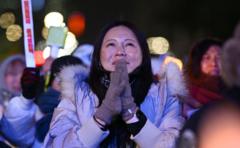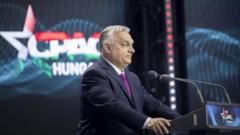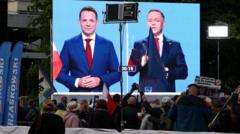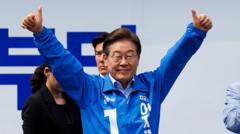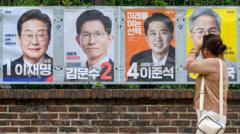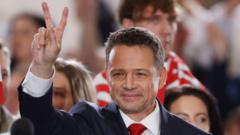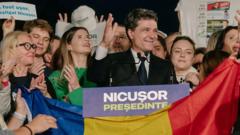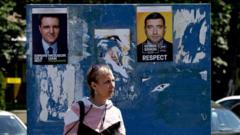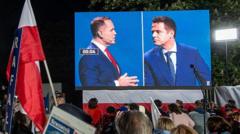Young Poles show little enthusiasm for centrist and nationalist candidates, making the election outcome unpredictable.
**Poland's Presidential Runoff: The Youth Vote's Dilemma**

**Poland's Presidential Runoff: The Youth Vote's Dilemma**
Poland faces a critical presidential runoff as candidates struggle to attract disenchanted young voters.
In Poland, a highly significant presidential election is set to unfold this weekend, centering around the under-30 demographic, which holds considerable sway over the nation's future trajectory. The imminent runoff features Rafal Trzaskowski, representing the centrist Civic Platform and backed by Prime Minister Donald Tusk, alongside Karol Nawrocki, the nationalist contender who hails from the former governing party, Law and Justice.
Complicating matters, the young electorate, particularly those aged 18 to 29, exhibited a clear preference for anti-establishment candidates in the initial round of voting on May 18, which has led to a general disillusionment towards the mainstream candidates. This unenthusiastic stance from the youth sector is quite telling, as their support is pivotal to determine the future political landscape of Poland—the largest economy in the post-communist European Union.
The significance of this election resonates beyond party politics; the outcome could be a critical juncture for Tusk, who seeks to dismantle the legacy left by his populist predecessor. With the youth largely disengaged from the mainstream political scene, both Trzaskowski and Nawrocki have their work cut out for them. The election could reflect a larger global trend where young voters increasingly turn towards alternative political figures not tied to traditional party structures.
This unsettling dynamic creates an unpredictability that surrounds the election, where the choices may not align with the aspirations of younger voters, who seem to yearn for a more radical departure from established political norms.
Complicating matters, the young electorate, particularly those aged 18 to 29, exhibited a clear preference for anti-establishment candidates in the initial round of voting on May 18, which has led to a general disillusionment towards the mainstream candidates. This unenthusiastic stance from the youth sector is quite telling, as their support is pivotal to determine the future political landscape of Poland—the largest economy in the post-communist European Union.
The significance of this election resonates beyond party politics; the outcome could be a critical juncture for Tusk, who seeks to dismantle the legacy left by his populist predecessor. With the youth largely disengaged from the mainstream political scene, both Trzaskowski and Nawrocki have their work cut out for them. The election could reflect a larger global trend where young voters increasingly turn towards alternative political figures not tied to traditional party structures.
This unsettling dynamic creates an unpredictability that surrounds the election, where the choices may not align with the aspirations of younger voters, who seem to yearn for a more radical departure from established political norms.



